Eastern Europe, 4th - 5th century AD.
Ring size approximately U UK / 10.5 US.
Weighs 22 grams.
The nicolo measures 2.2 x 1.8cm.
The ring measures overall 2.9 x 2.6 x 2.4cm.
Provenance:
FRANK STERNBERG AG - ZÜRICH, Sale XXVI, 16th November 1992, lot 689;
Private English Collection, acquired from the above.
Catalogue description from the Sternberg Sale (translated from German):
‘689 Finger ring. Gold, Nicolo, garnet. W. 2.9, H. 2.5 cm, 22.03 g. Gold ring with volute decoration worked in relief along the inner edge of the band. In the so-called cloisonné technique, two triangular garnet discs separated by a narrow bar are inserted on each side of the raised shoulders. Inside the ring, their setting is covered by an applied strip of gold sheet. On the outer-side of the rail under the volutes there is a rhombus-shaped dot decoration. A large, uncut nicolo is set into the oval setting. Intact, the garnet inlay is missing on one side. From Moldavia. Migration Period. 4th/5th century AD. The ring imitates a Roman form from the 3rd century AD. The garnet inlays in the so-called cloisonné technique and the oval setting, in contrast to the Roman models with a transverse oval plate, suggest that this was a later approach. Illustration on color plate F.’
References: https://archive.org/details/sternberg-sale-26-1992-11-16/mode/2up




























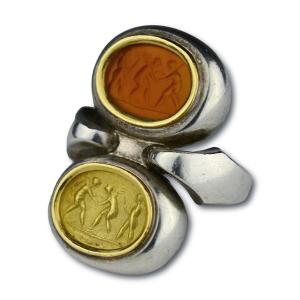
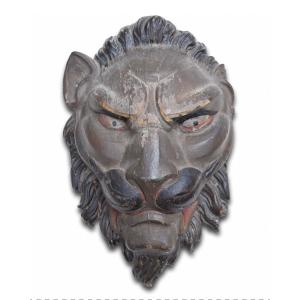


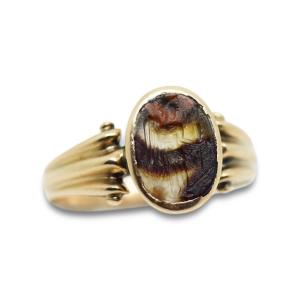

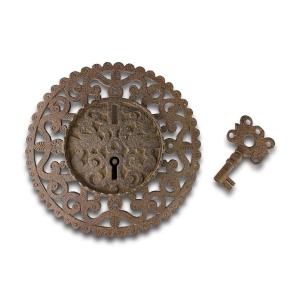


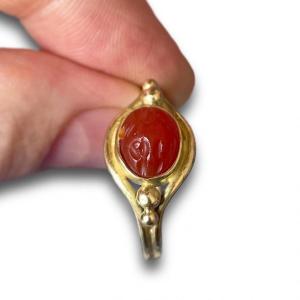




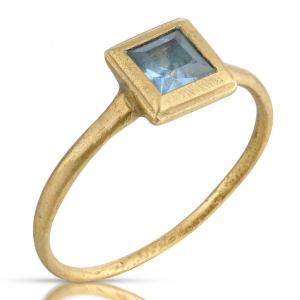
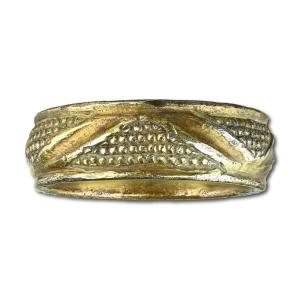
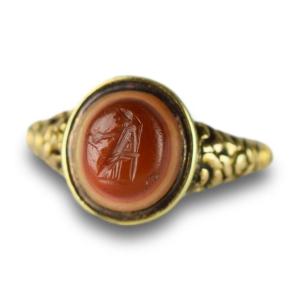
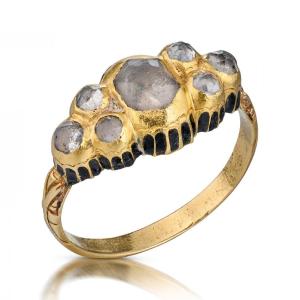




 Le Magazine de PROANTIC
Le Magazine de PROANTIC TRÉSORS Magazine
TRÉSORS Magazine Rivista Artiquariato
Rivista Artiquariato